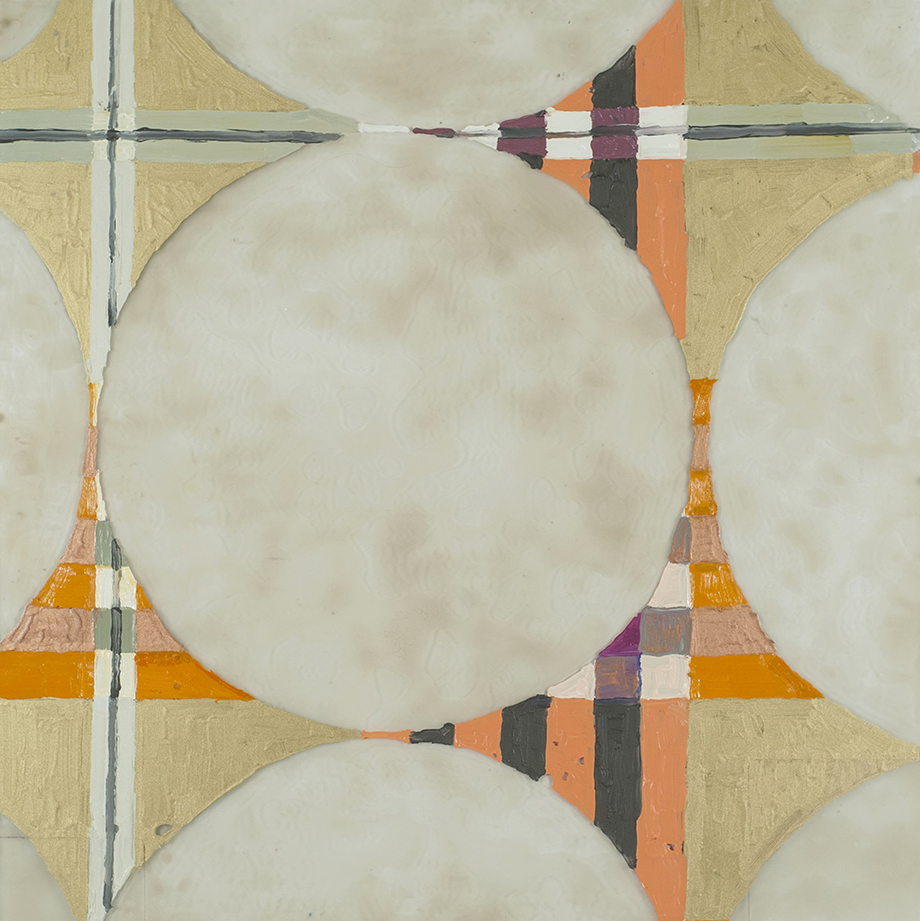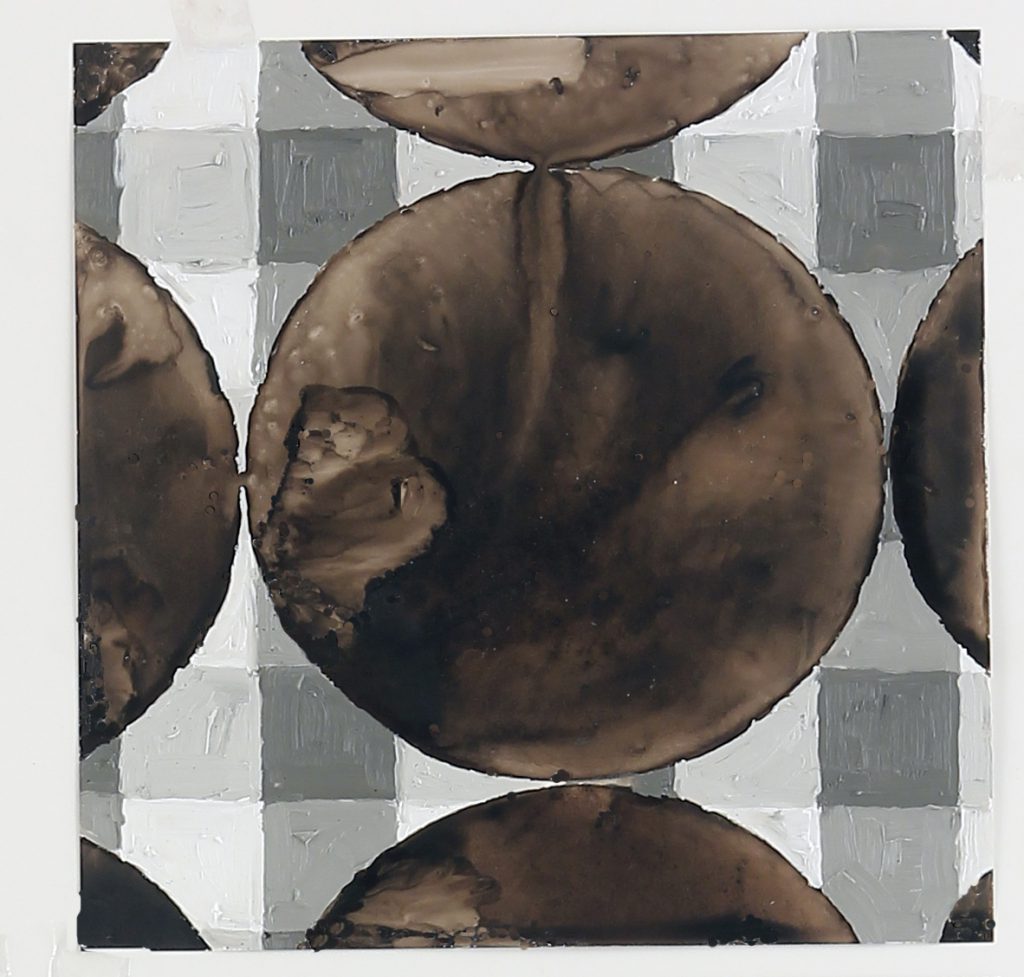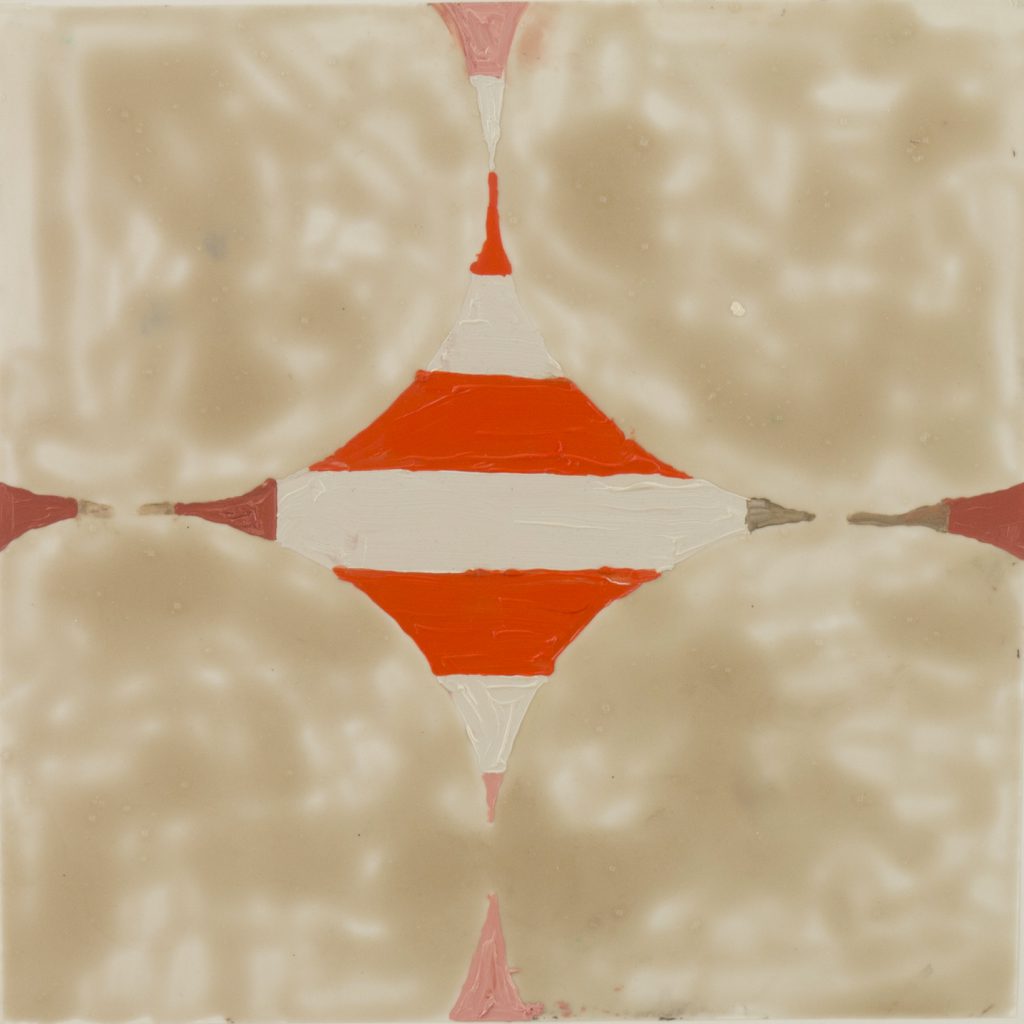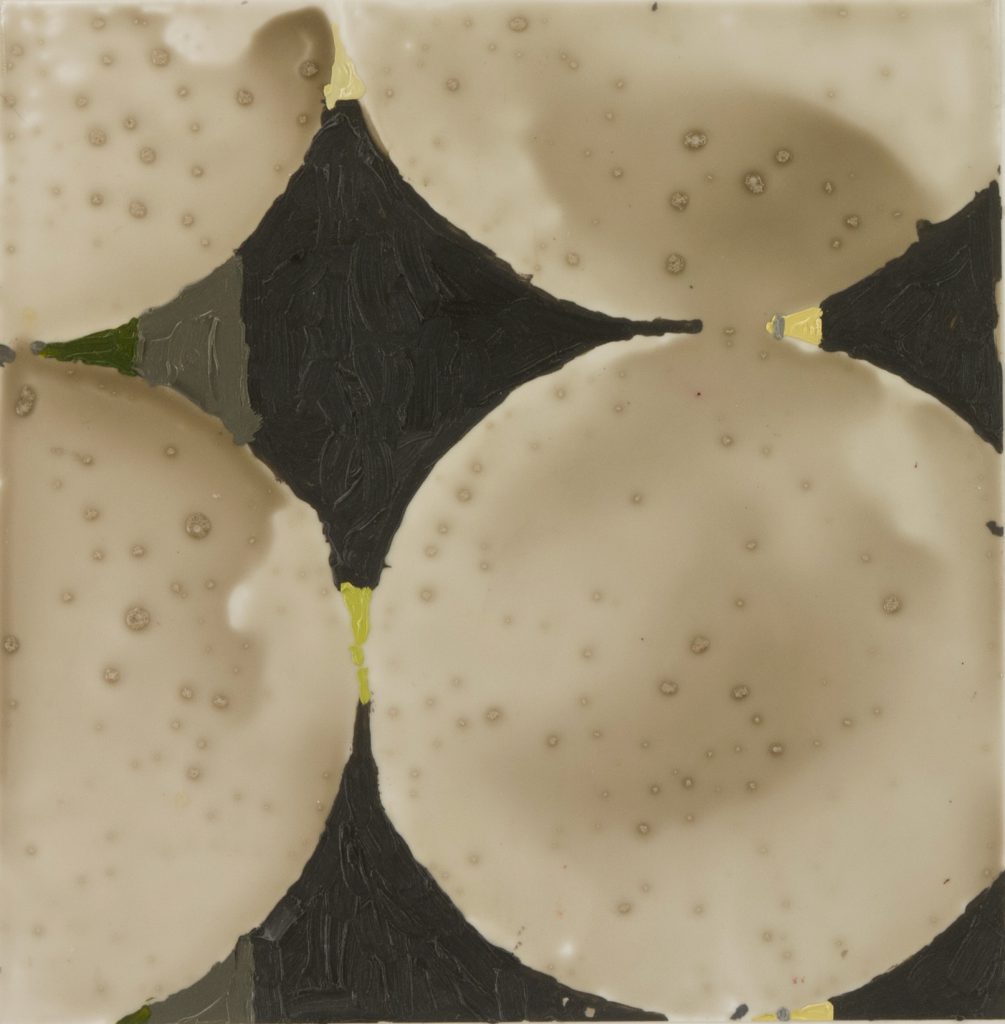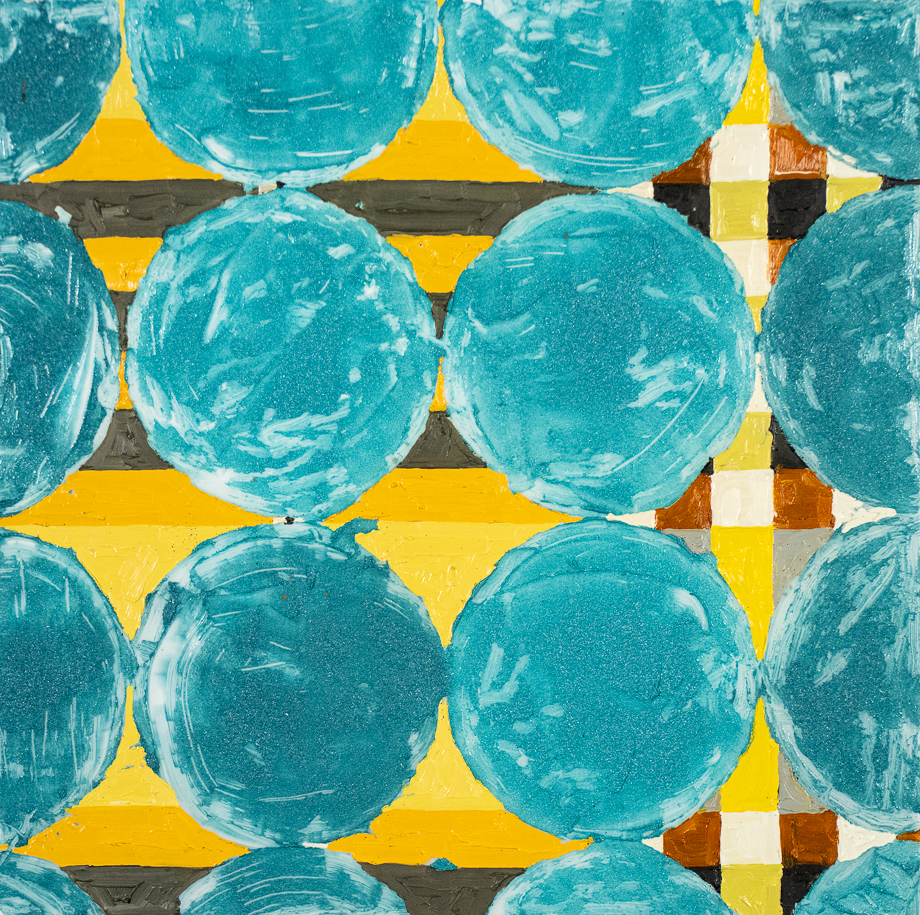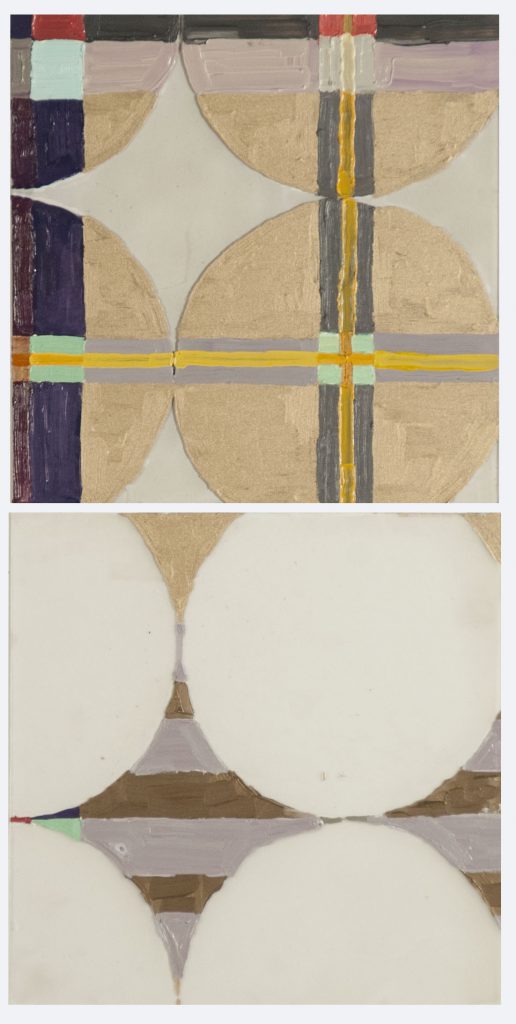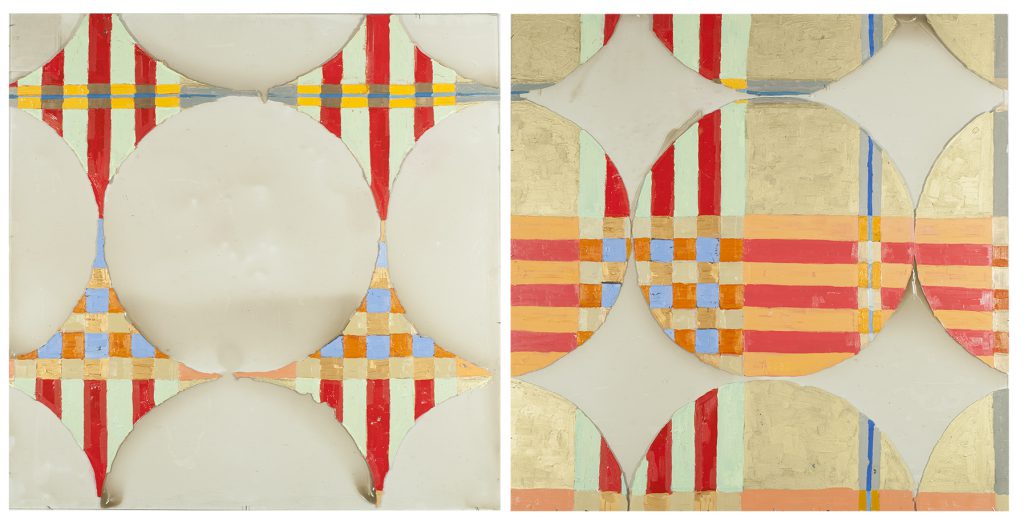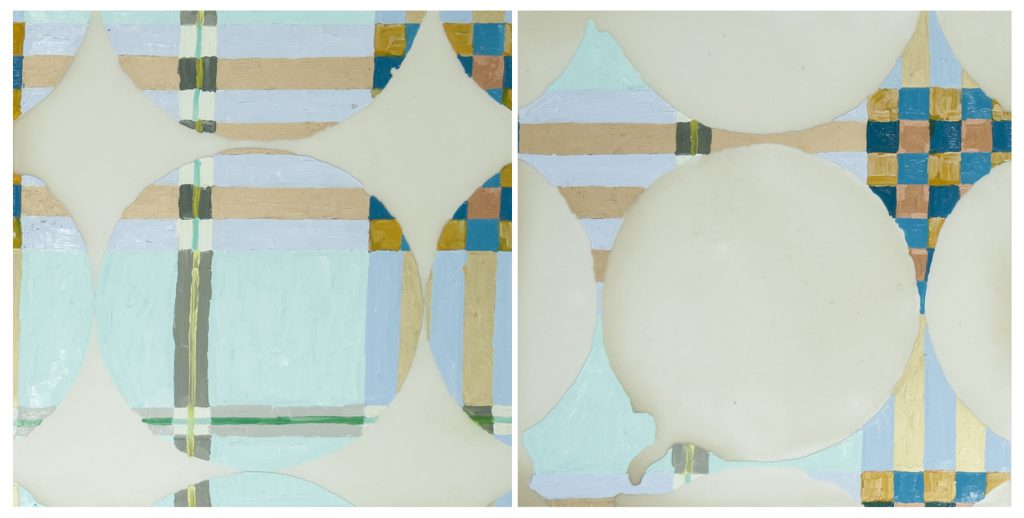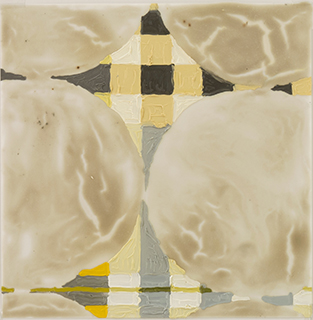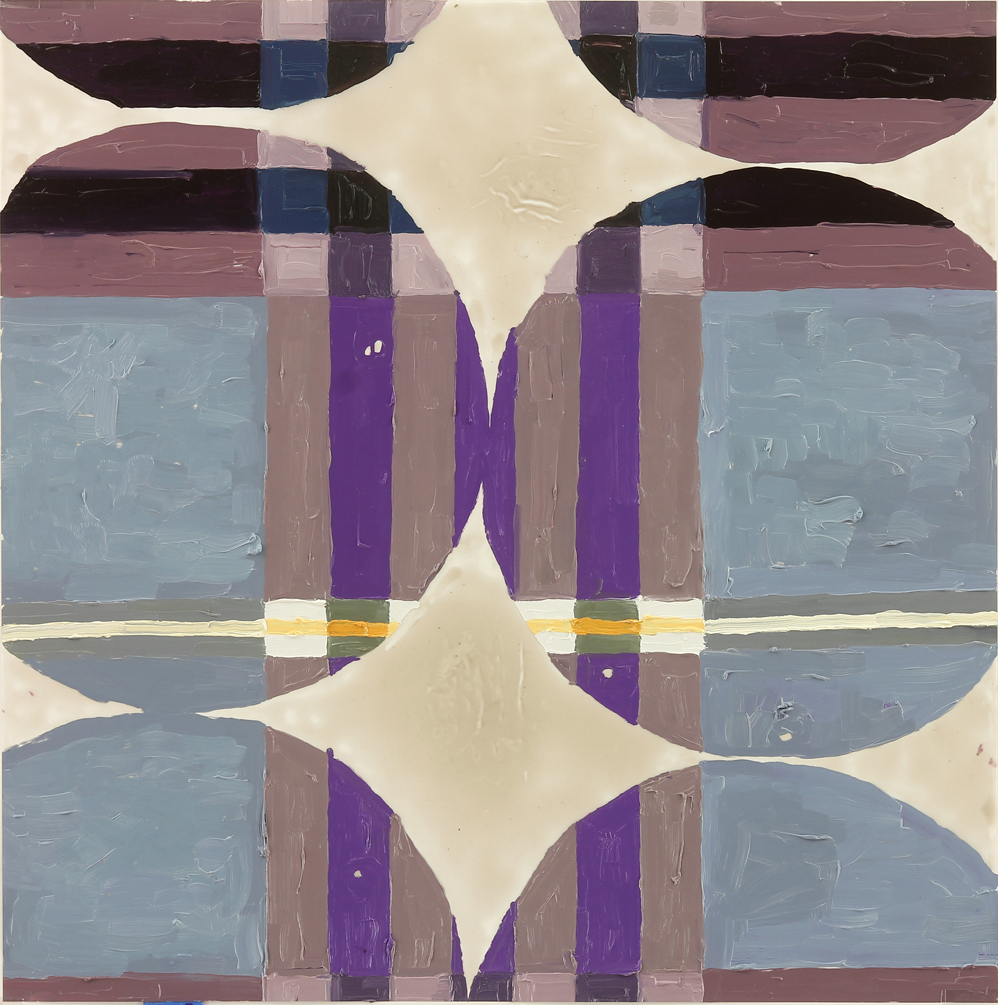
See like I See
I imagine most artists are like me. I don’t know why I do what I do. I have to make a lot of things and line them up to see what I have done.
I was at a conference on artist residencies in Portland and the Artists Communities Alliance conference manager noticed I was a newcomer and asked if I would like a buddy.
“A buddy?”
“A more experienced member to show you around?”
“Please.” I replied, which is how I came to be eating lamb tenderloin off a sword with Mark Golden of Golden Artists Colors. They make Golden Acrylic paints and now Williamsburg Oil Paints in New Berlin, New York.
“I looked at your work. Acrylic is more robust than the inks you are working with. I think you should come to the factory and retool your materials.” Mark said. By 3:00 am I had gotten past the impertinence enough to send off an email.
“I would love to come to New Berlin.”
Once there, I decided to test every material they threw my way. But I don’t do test tiles, I make art. So I made up a strategy that set up a confrontation between the materiality of those very specific oil paints and the diaphanous skrim of acrylic films. These compositions filtered a pattern through another pattern.
I give shape to ideas through making. At the time these two elements seemed random. A pattern through a pattern. But when you look at a simple plaid seen through punched out dots you see a pattern so interrupted that it cannot be read.
That is a pretty good description of dyslexia in my experience. The erratic perception that is dyslexia is the filter in this case, and the underlying pattern (the plaid) is the text I am trying to read.
That weird over-layer makes what I am looking at mysterious and indecipherable.
Dyslexia- is a kind of perception glitch, but in the bigger picture it is not very different from any other attitude, psychological, physical or social, which obstructs or distorts a person’s perception. It is modeled in this work to demonstrate how we see and how that view is limited.
Each artwork shows a pattern seen through a pattern. I repeat variations over and over seeking constants and anomalies. Each iteration constructs evidence from which I may discern truths. Here are a few conclusions:
Soft, seemingly weak forms can hold back more substantial stuff.
I cannot figure a whole from the parts no matter how many I see.
I had a whole show of these in Boston at Chase Young gallery. The title, ‘Dysgraphia’ refers to an anomaly parallel to dyslexia. If dyslexia is “off” reading, dysgraphia is “off” writing—which includes a world of human mark making. The desire to capture a not-quite-right phenomenon in art materials has its appeal, and ultimately any repeated patternmaking becomes language.
Perception is tailored by physical and cultural filters. Dyslexics, like myself, receive visual information through an organic randomizing filter. Consequently, they (I) use context to discern specifics. In reading and writing and math I am constantly solving for an unknown quantity of “x”.
In Occlusion Series, one stable pattern (plaid) is viewed through a constant filter (dots), yielding multiple and seemingly unrelated outcomes and proving context as a robust, if unreliable, tool.
